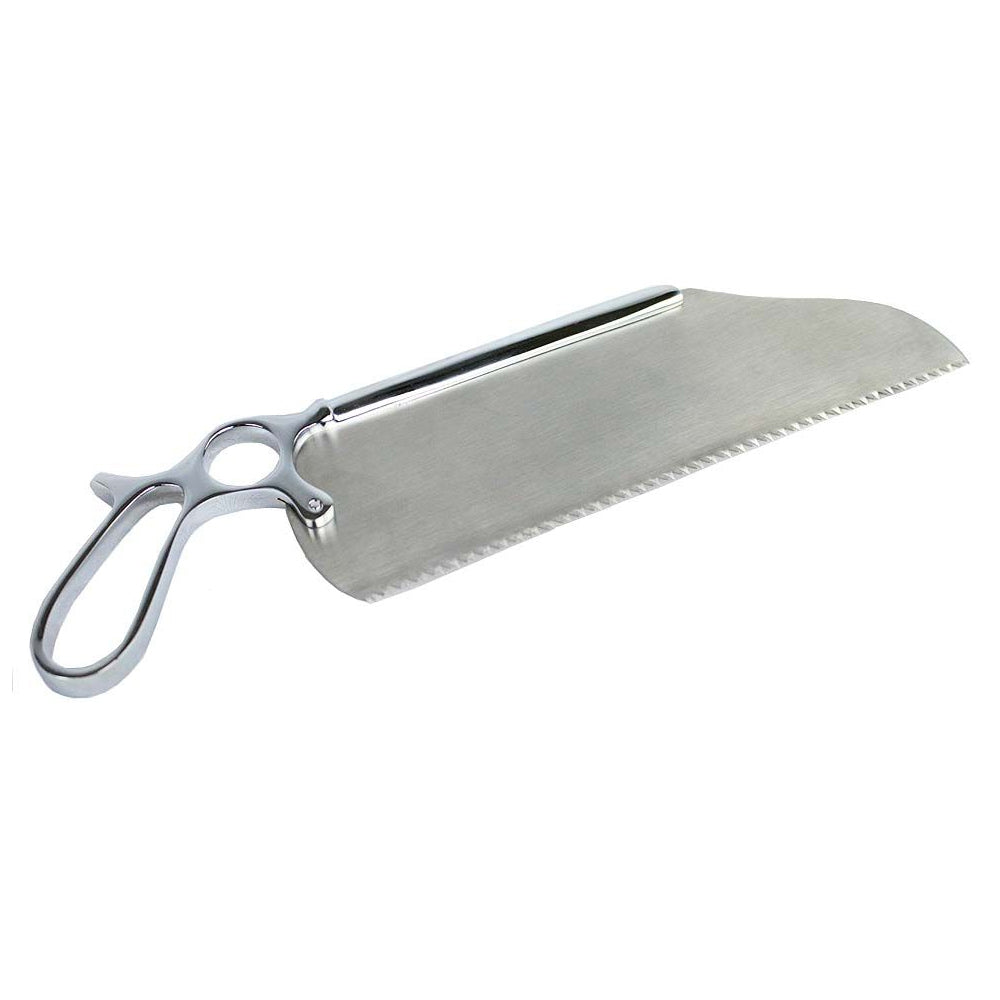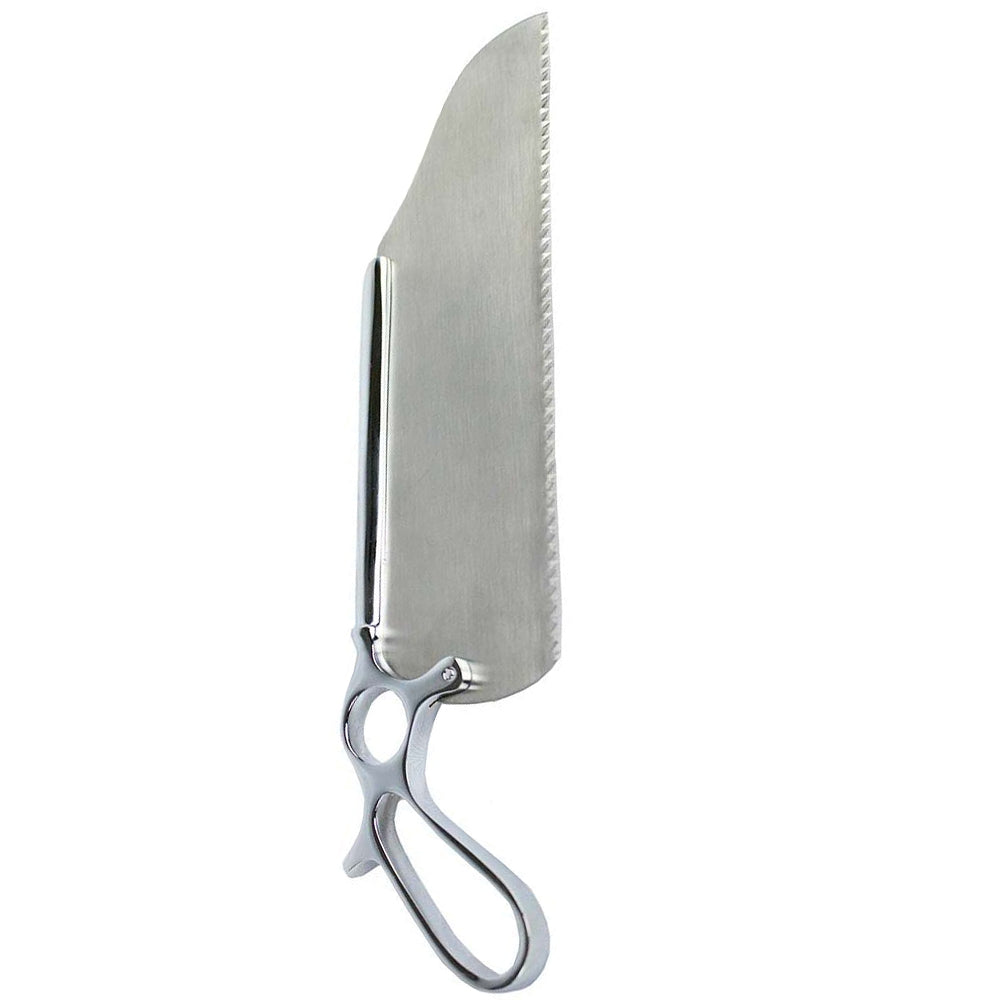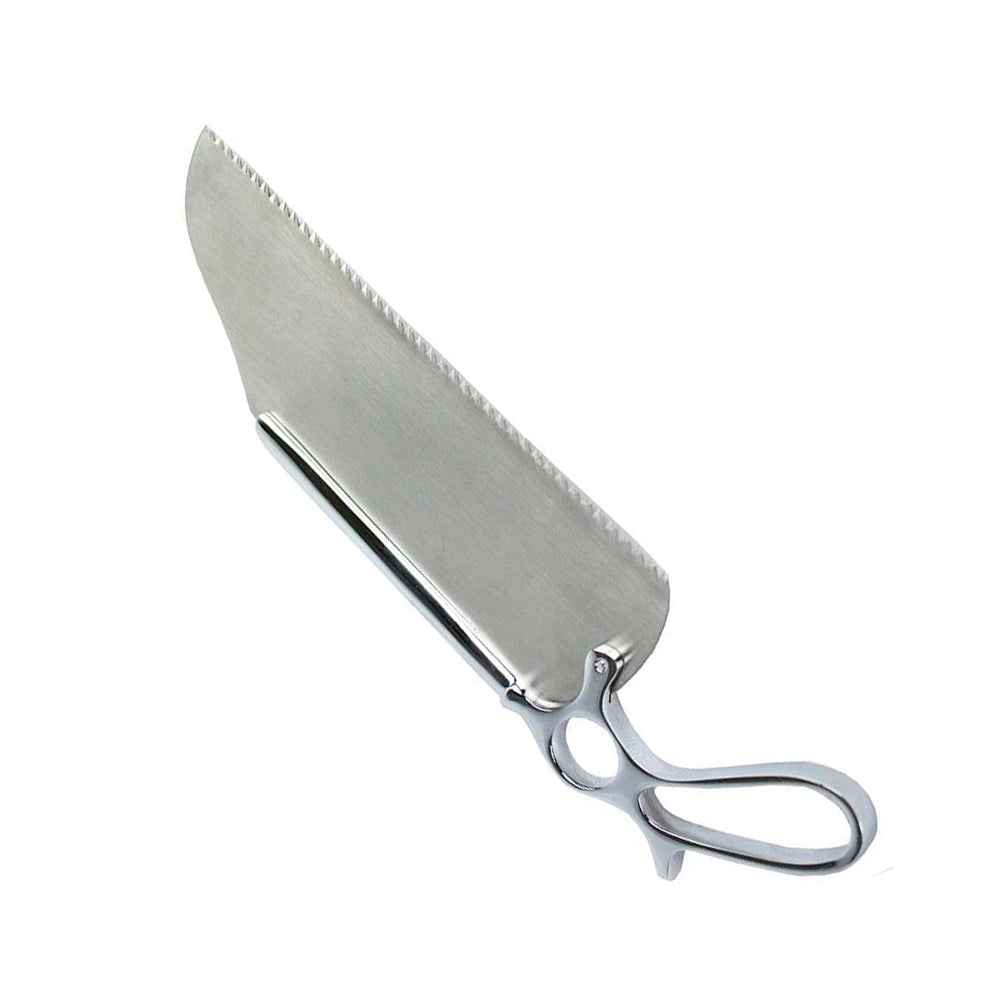


Blade for Satterlee Bone Saw: Essential Replacement for Precision Cutting in Surgery
The Satterlee Bone Saw is an instrument of surgical trust for trauma and orthopedic surgeons, particularly in procedures that require amputations as well as bone resections. The most important factor in the efficiency of the manual surgical saw lies in its blade--the robust, sharp piece that performs the actual cutting of bone. Finding the best blade for the Satterlee Bone Saw is crucial to cutting cleanly, surgeon efficiency, and security. We'll look at an in-depth look at what is so critical about this blade and what its functions, uses, and how to maintain it correctly.
What is the Satterlee Bone Saw Blade?
The blade that is used in the Satterlee Bone Saw is an easily detachable, high-precision cutting blade that can be fitted into the handle and frame of the traditional Satterlee saw. It is designed to cut through thick bone tissue without causing any trauma; the blade is usually constructed of surgical-grade stainless steel and comes with a variety of coarse or fine teeth that permit surgeons to use a manual method of sawing in surgical procedures.
The blade is designed to be durable, sharp, and rust-proof, which makes it a reliable part of both routine surgical procedures.
Key Features of the Satterlee Bone Saw Blade
- Grade A Stainless Steel: Built to withstand corrosion, rust, and repeated sterilization.
- Razor-Sharp Teeth is designed to make sharp, clean cuts with minimum effort.
- Removable and replaceable Installation is simple and then replace when worn out or damaged.
- Tooth Options are available in coarse-toothed or fine-toothed versions, dependent on the need for surgery.
- The rigid construction ensures stability when sawing without bending or flexing.
Importance of a Quality Blade in Bone Surgery
In bone surgeries, specifically Amputations, the performance that the surgeon uses for cutting is directly affects the outcome. A well-designed, sharp blade:
- Reduces the time needed for surgery
- Reduces trauma to the surrounding tissue
- Reduces the risk of fractures in the bone
- Enhances the control of surgeons and precision
- Improves post-operative healing and outcomes
The right tool can transform an unwieldy process into a smoother, manageable procedure.
Common Applications of the Satterlee Saw Blade
Amputations
Useful to cleanly transect bones in limb removal procedures.
Orthopedic Bone Resections
When performing corrective surgery or bone tumor removal, The blade is used to remove the bone fragments that are targeted for removal.
Military and Field Surgeries
In battlefield or trauma conditions in which powered equipment is not available, A reliable manual blade is essential.
Blade Options and Sizes
Satterlee's bone saw blades are usually offered in standard lengths that are compatible with the majority of Satterlee saw handles. There are a variety of variations that can be found:
- 10-inch standard blades
- Blades with fine-toothed teeth for precise, smooth bone work
- Coarse-toothed knives to cut faster bones that are dense or large.
Always ensure compatibility with your particular Satterlee saw model prior to purchasing the replacement blade.
Installation and Usage Tips
- Make sure the saw blade is aligned to those slots in the Satterlee Saw handle.
- Lock the screws (or locking mechanism) with a strong grip to ensure the blade's stability.
- Check the tension before beginning the process.
- Use even, smooth strokes to prevent chipping or cuts that are uneven.
- Always wear gloves when working with or replacing blades.
Proper Maintenance and Care
To extend the lifespan and performance of your Satterlee bones saw blade.
- Clean immediately after use: Take out all bone fragments and tissues.
- Sterilize Properly. Automate the process after each use to ensure full sanitation.
- Sharpen and replace if Required. Blades that are dull can increase the chance of developing complications and should be replaced immediately.
- Storage in a Blade Guard: Prevents accidental injuries and damages when storing or transporting.
Why Choose a Premium Replacement Blade?
While some tools for surgery can be used with care the blade on a bone is cannot. A poor-quality or damaged blade could cause:
- More resistant to cutting
- The length of the surgical procedure
- Risk of complications for patients with higher risk
This is why surgeons and surgical facilities often invest in top-quality replacement blades--to ensure that each procedure is conducted to the highest standards of medical care.
Conclusion
The blade of the Bone Saw Satterlee is a small but vital component to the success of your surgery. If you're performing an emergency field amputation or a scheduled orthopedic surgery, this tool will provide smooth, safe cuts that limit trauma to patients and improve effectiveness. It has sharp, well-defined teeth, sturdy steel construction, and simple maintenance; it's an essential tool for any surgical team that relies on bone-cutting instruments that are manually operated.




 For Bulk Order Whatsapp US
For Bulk Order Whatsapp US